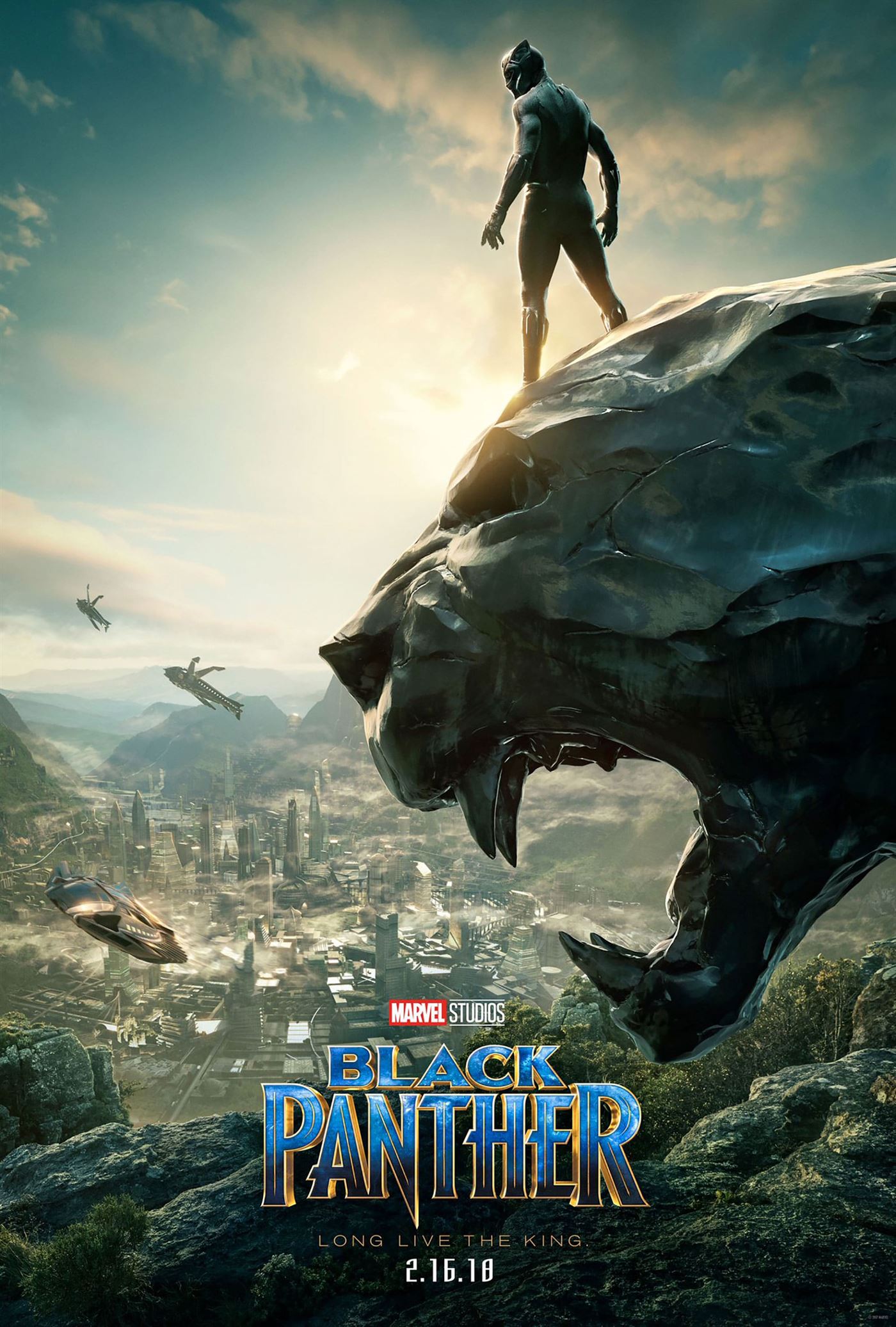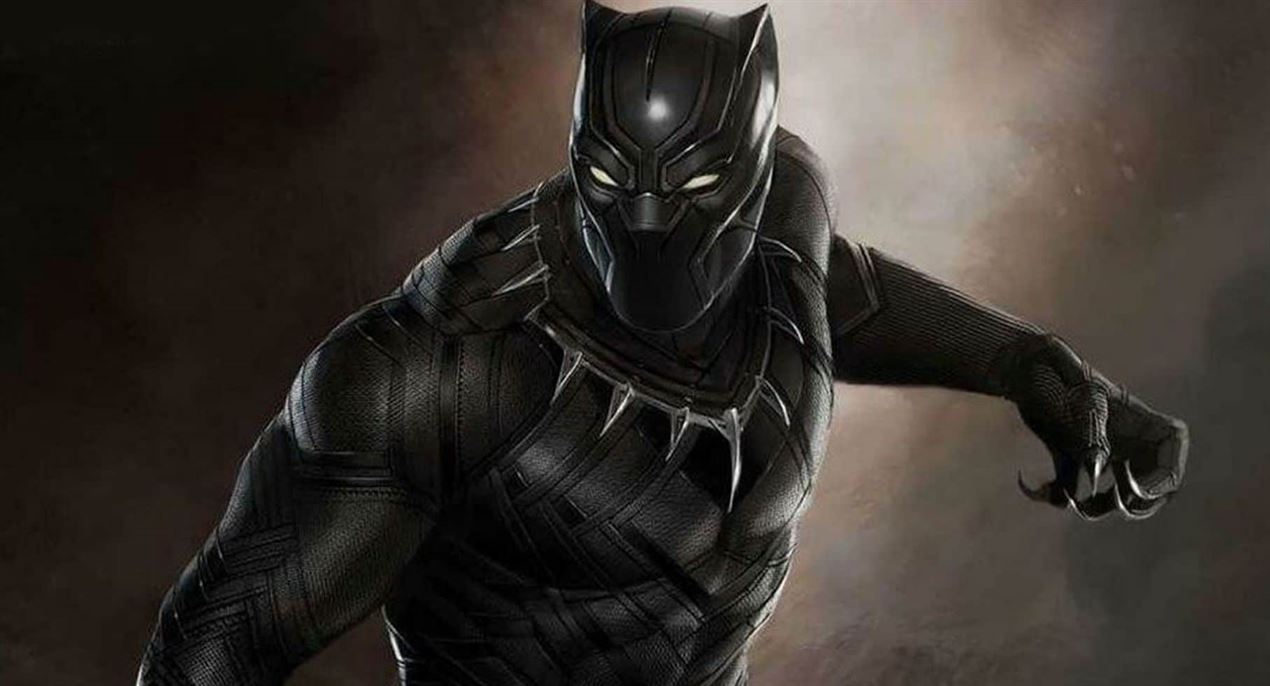The most recent Marvel Studios film, “Black Panther,“ stars Chadwick Boseman as fictional character T’Challa, and it has finally hit theaters.
The film focuses on T’Challa’s becoming king of the fictional nation of Wakanda. The film’s director, Ryan Coogler, uses the film as an opportunity to create a political thriller reminiscent of James Bond films. This film proves itself different from others by Marvel Studios.
The politics in “Black Panther“ are integral to the plot of the film. One aspect that makes its political commentary that much more pronounced is its fundamental tension between the state and its people. This is crucial because the film has a story that involves overarching conflicts between two characters: Black Panther and Killmonger. It also gives emphasis to drastic changes to help preserve the common good.
“Black Panther” has a very presentable antagonist who is well fleshed out, as opposed to other Marvel films such as “Avengers: Age of Ultron,” “Guardians of the Galaxy” or “Iron Man 3,” all of which have underdeveloped or one-sided villains. “Black Panther” is one of the few Marvel films that has better-developed antagonists. The character Killmonger, played by actor Michael B. Jordan, has a very strong motive within the context of the story.

Actor Chadwick Boseman, who plays Marvel superhero “Black Panther,” looks at his suit for the first time.
Photo courtesy of IMDb.com
Another protagonist starring in the film is Ulysses Klaue, played by Andy Serkis, who is displayed better than most Marvel Universe villains. The film establishes a long-term relationship/connection that the antagonist has with the protagonists. Although he may not be considered better than Killmonger, he still displays a deranged individual with a complex moral compass in which he despises hypocrisy. This later serves as a major climax for “Black Panther.” It’s one of the few roles where Serkis portrays a character that isn’t under a motion capture suit like Caesar in the “Planet of the Apes“ film series or Gollum in the “Lord of the Rings” films. It gives the audience a chance to see Serkis’ acting capabilities and facial expressions without the use of CGI.
The action sequences in “Black Panther“ are major spectacles. Most Marvel films establish their action predominantly with the help of CGI, but “Black Panther” uses both graphics and fight choreography for the action sequences. The director shows Boseman using both advanced technology and acrobatic hand-to-hand combat. Seeing them used in close combat makes the visual effects much more interesting and enjoyable.
The film does have some minor flaws in the final battle. The CGI makes the final fight between Black Panther and Killmonger look a little too cartoonish and not very convincing to the eye.
Additionally, the supporting characters of the film are not as fleshed out as the director might have wanted them to be. For example, Martin Freeman’s character, Everett Ross, was made to play an important role in the film by playing an agent that connects the protagonist to the outside world of his continent. It shows that the director wrote him down as an important character but he did not make him rise to the same level as most of the other characters in the film.
Overall, “Black Panther” does a fantastic job of being a self-contained film. Most Marvel Universe films like “Spider-Man: Homecoming” would require the audience to watch previous films. Although Boseman did portray the character in “Captain America: Civil War” and Serkis his character in “Avengers: Age of Ultron,” the film explains the events of both through indirect references and is not connected to the events of both films.
“Black Panther” is a game changer for the Marvel Universe, placing political commentary at the forefront while still yielding a wonderfully entertaining and crowd pleasing film.




